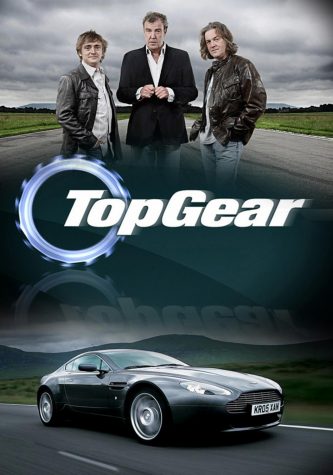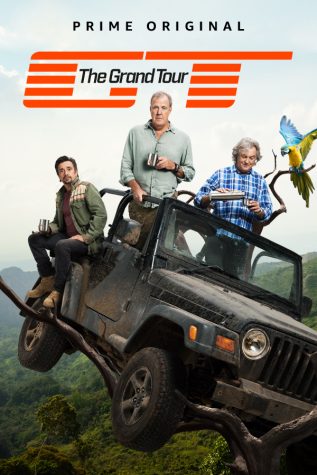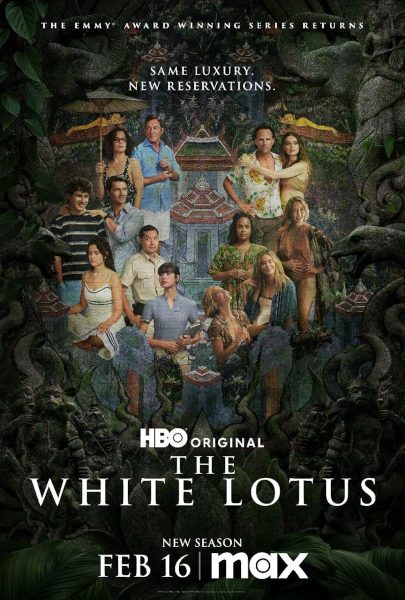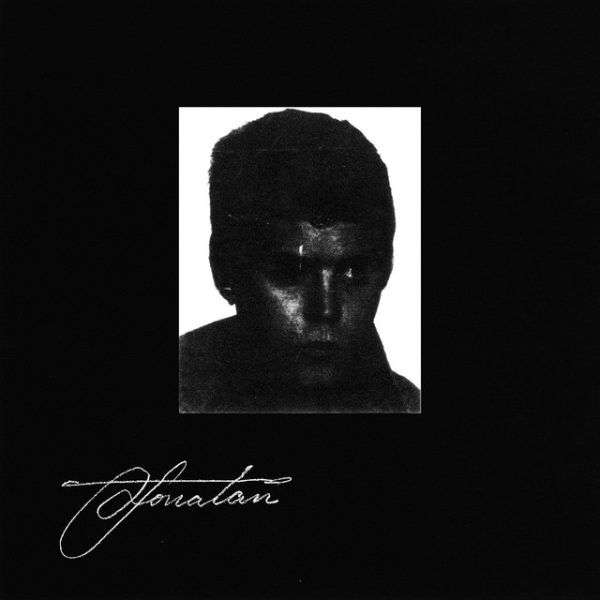Top Gear: How Good Video Journalism can Teach Anything
Would you rather see a gazelle get tackled by a lion, or have someone tell you about it? Then ask yourself how close you would want to be to the attack. When is the last time you spent more than 2 minutes reading an internet article? In other words, how many ways can you say never?
Within the 1900’s, journalism began to segway from newspapers and word of mouth, to the world of video journalism. Cameras gave the opportunity to cover more in depth many historical events including JFK’s assassination, the destruction of the Berlin Wall, and the standoff at Tiananmen Square. Each of these monumental incidents furthered the advancement, in one way or another, the progression of the human race.

Before the use of cameras in journalism, people believed what was printed in the paper almost without question. On March 3, 2013, another event could be added to the list. Something that would easily rival the events previously mentioned. When presenters of the British car show Top Gear, Jeremy Clarkson, James May and Richard Hammond, using three 2nd-hand estate cars, each under $1,500 quid, questioned what was taught as fact, and found the true source of the river Nile.
The 2-part Africa special is a perfect example of the raw strength of video journalism. There is a definitive limit of how much the written word can recount in the span of 5 minutes. Reading a description of building a ferry to cross a crocodile infested river, or finding a town named Jezza, or having a tree branch fall on and crack Jeremy’s window, wouldn’t be quite the same as watching it. The humorous comradery of the trio can’t truly be experienced by writing about it.
Even as much as watching the special is fun, it holds a journalistic purpose. To further this point, let’s compare the Clarkson-era Top Gear, to its successor show The Grand Tour. On the surface, these two shows seem very similar, as both review cars, go on epic world daring specials, and literally have the same cast. What Top Gear understands that The Grand Tour seems to have forgotten is that seeing three automotive journalists driving in a car is pretty boring if they’re not driving anywhere.

Many episodes of both shows have them driving from point A, to point B. but the Africa special sees them finding the source of the biggest river on planet Earth, whereas, for example, Grand Tour’s Columbia special sees how you can make taking photos of birds comfortable. One of these goals retains much more value than the other. Which is a great representation of each show’s focus.
Top Gear as a whole, but specifically the Africa special, encapsulates the combinations of entertainment, and journalistic value perfectly. Much like this special, video journalism achieves the impossible, that when there’s a clear purpose and objective, practically anything can be enjoyable to watch. Even three dudes, driving cars around, trying to find what has supposedly already been found.

"This is where the fun begins." If you're a big fan of film, TV, or the world of entertainment as a whole, you've come to the right place. This will be...




